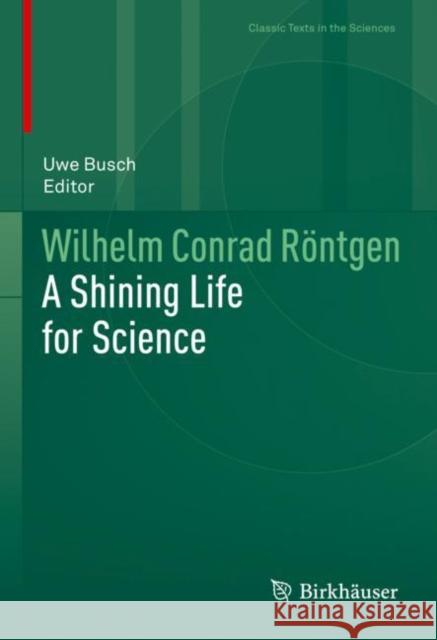Wilhelm Conrad Röntgen: A Shining Life for Science » książka
topmenu
Wilhelm Conrad Röntgen: A Shining Life for Science
ISBN-13: 9783030722425 / Angielski / Twarda / 2021 / 370 str.
Wilhelm Conrad Röntgen: A Shining Life for Science
ISBN-13: 9783030722425 / Angielski / Twarda / 2021 / 370 str.
cena 564,88 zł
(netto: 537,98 VAT: 5%)
Najniższa cena z 30 dni: 539,74 zł
(netto: 537,98 VAT: 5%)
Najniższa cena z 30 dni: 539,74 zł
Termin realizacji zamówienia:
ok. 22 dni roboczych
Bez gwarancji dostawy przed świętami
ok. 22 dni roboczych
Bez gwarancji dostawy przed świętami
Darmowa dostawa!
Kategorie:
Kategorie BISAC:
Wydawca:
Birkhauser
Seria wydawnicza:
Język:
Angielski
ISBN-13:
9783030722425
Rok wydania:
2021
Wydanie:
2021
Numer serii:
000764029
Ilość stron:
370
Waga:
0.59 kg
Wymiary:
24.64 x 17.53 x 1.78
Oprawa:
Twarda
Wolumenów:
01











